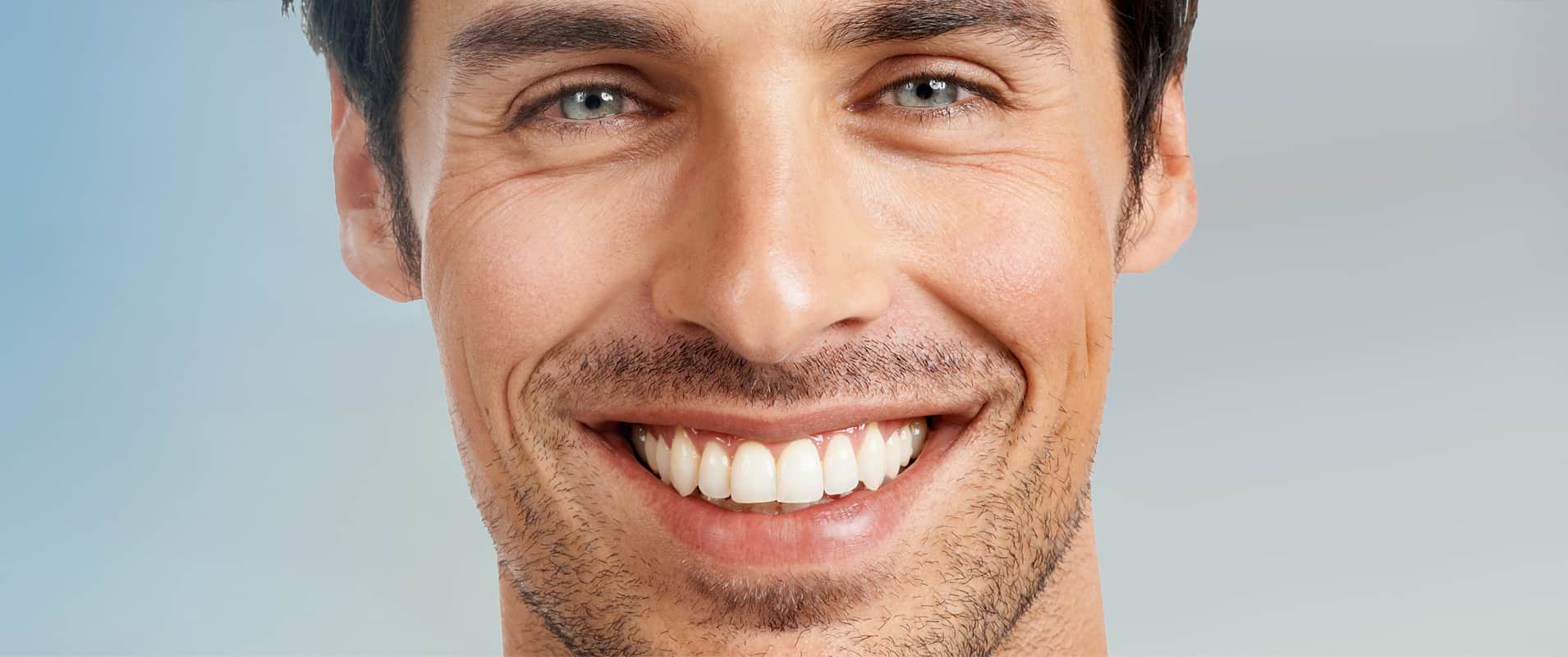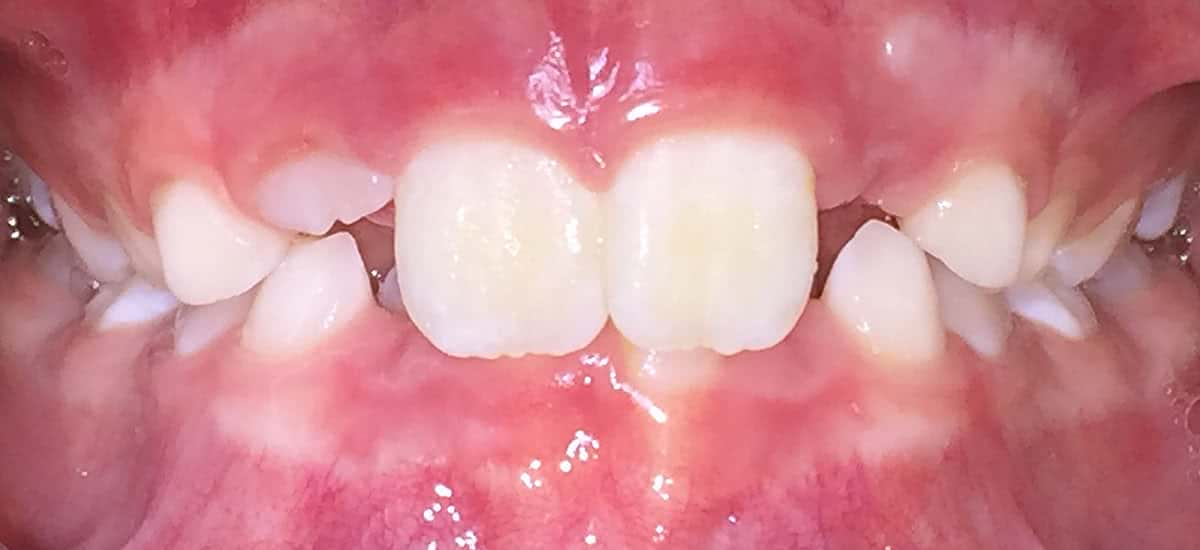Introduction
Sometimes referred to as an 'overbite', 'deep overbite' or a 'closed bite', a deep bite describes where the top front teeth significantly (or in some cases completely) overlap the bottom front teeth when the back teeth are closed together.
From a cosmetic perspective this may not be an issue, however a deep bite may indicate other issues. Deep bite is the most common malocclusion (i.e. orthodontic condition) with an estimated 1 in 5 children and 1 in 10 adults affected with some form of deep bite.
Causes
In most cases a deep bite is due to the lower jaw being somewhat smaller than the upper jaw (often an inherited condition), or it can be caused by a missing lower tooth. Deep bite can also be made worse by…
- Thumb sucking.
- Extended bottle feeding / dummy use.
- Nail biting.
- Pencil chewing.
- Habitually grinding / clenching the teeth.
If not treated, deep bite can cause other longer-term issues such as…
- Difficulty biting and chewing.
- Difficulty speaking and breathing.
- Sleep apnoea (or make existing sleep apnoea worse).
- Substantial wearing down of teeth.
- TMD – this stands for Temporo-Mandibular Joint Disorder (also referred to as ‘TMJ’), which is where there is jaw joint pain, which sometimes can also cause headaches.
- Crowding / overlapping / misalignment of the lower teeth.
- Sores / ulcers in the roof of the mouth and resulting pain when eating.
- Changed appearance of the face, sometimes making the person appear older than they are.
- Damage to the gum on the palate behind the top front teeth and in front of the lower front teeth.
Treatment
Braces or Invisalign can correct many cases of deep bite. In some cases, the deep bite may be too severe for these treatments and so other options, such as a 'Herbst appliance' or 'Andresen appliance' can be used to help the lower jaw develop in young children who still have significant growth to come. Where deep bite is being treated in children over 13 or in adults, orthognathic surgery or tooth removal may be recommended. It is much more straightforward to correct deep bite where it is identified at an early age.






